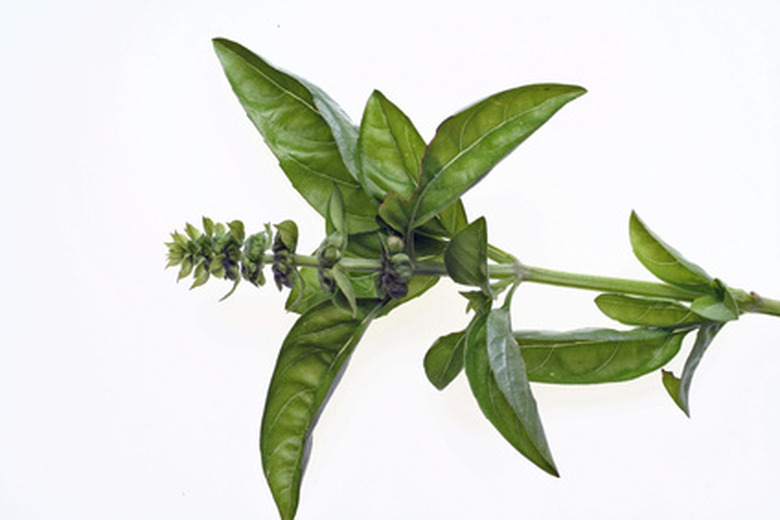How To Handle Root Rot On Thyme
Although thyme grows readily for most gardeners, even in poor soil, thyme does present some difficulties. Thyme is particularly sensitive to root rot. Root rot is a fungus that spreads through moist soils, especially during the cooler months in the spring and autumn. If you notice your thyme plants lacking vigor and looking yellow and sickly, root rot may be the culprit. Yellow leaves and decaying roots are the main symptoms of root rot. If you detect this fungus, you must remove the plants and destroy them to prevent the fungus from spreading throughout your herb garden.
Step 1
Determine whether your thyme plants have root rot. If the thyme leaves are droopy and are dropping from the plant, suspect root rot. If the roots at the base of the plant are exposed, appear unhealthy and are withered, suspect root rot. Often the soil around the roots will be too moist for too long, which should lead you to suspect root rot.
- Although thyme grows readily for most gardeners, even in poor soil, thyme does present some difficulties.
- If the roots at the base of the plant are exposed, appear unhealthy and are withered, suspect root rot.
Step 2
Use the shovel to dig up the thyme plants that appear to be dying of root rot. It is imperative that you dig up every part of the thyme plants to remove them from the planting area completely.
Step 3
Place the thyme plants into the garbage bag as you remove them. Do not compost these plants because you risk contaminating your compost bin with fungi spores. You must discard or burn root rot plants.
Step 4
Consider spraying surrounding plants with copper fungicide if you are concerned about root rot fungi spreading throughout the soil. Consult the package recommendations on the copper fungicide spray for the proper spraying amounts for the size of your planting area.
- Use the shovel to dig up the thyme plants that appear to be dying of root rot.
- Consider spraying surrounding plants with copper fungicide if you are concerned about root rot fungi spreading throughout the soil.
Root Rot Cure
As a new gardener, there's a lot you can only learn about through trial and error or through experience. It can also occur as a result of a fungus that grows due to overwatering, infects the roots and spreads into the leaves of a plant. Root rot turns leaves yellow and often causes them to wilt or droop. If you catch root rot at an early stage, you may still be able to salvage your plants. Be sure to use sanitized pruning tools so you do not transfer the disease to healthy portions of the plant. Don't be alarmed if you trim a great deal of the roots, because any rotted roots that aren't cut off will continue to damage your plants. ** If that's not an option, replant it in a section of the garden that has proper drainage. Only water the plant when the top layer of soil is dry, and make sure the pot has adequate drainage to prevent overwatering. Because root rot can be caused by fungus, people often reach for a fungicide to treat the problem. This will determine which fungicide is most effective for your type of plant.
- As a new gardener, there's a lot you can only learn about through trial and error or through experience.
- Only water the plant when the top layer of soil is dry, and make sure the pot has adequate drainage to prevent overwatering.
Things Needed
- Shovel
- Garbage bag
- Copper fungicide spray
